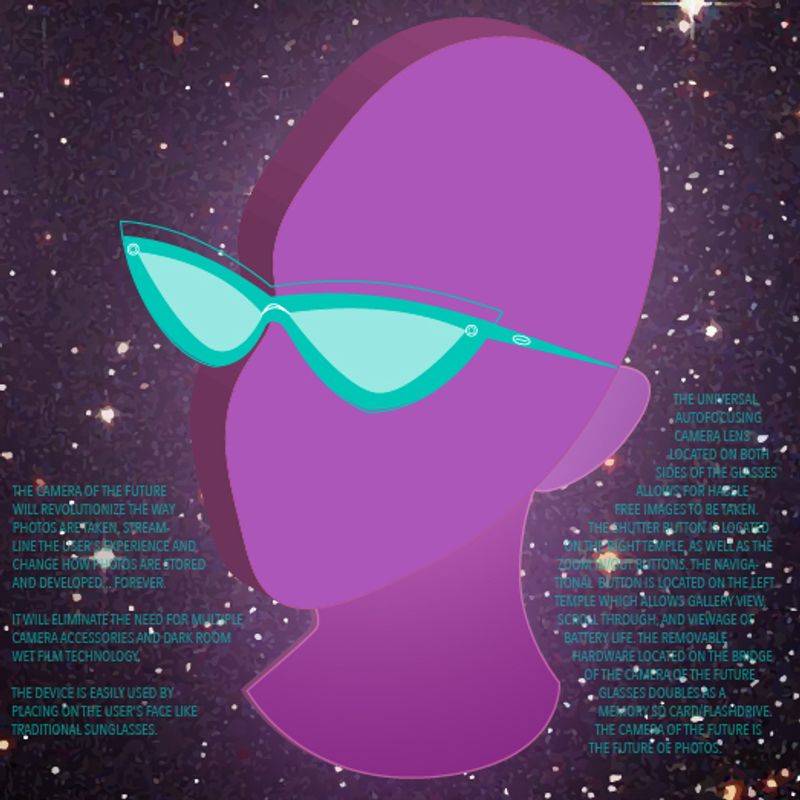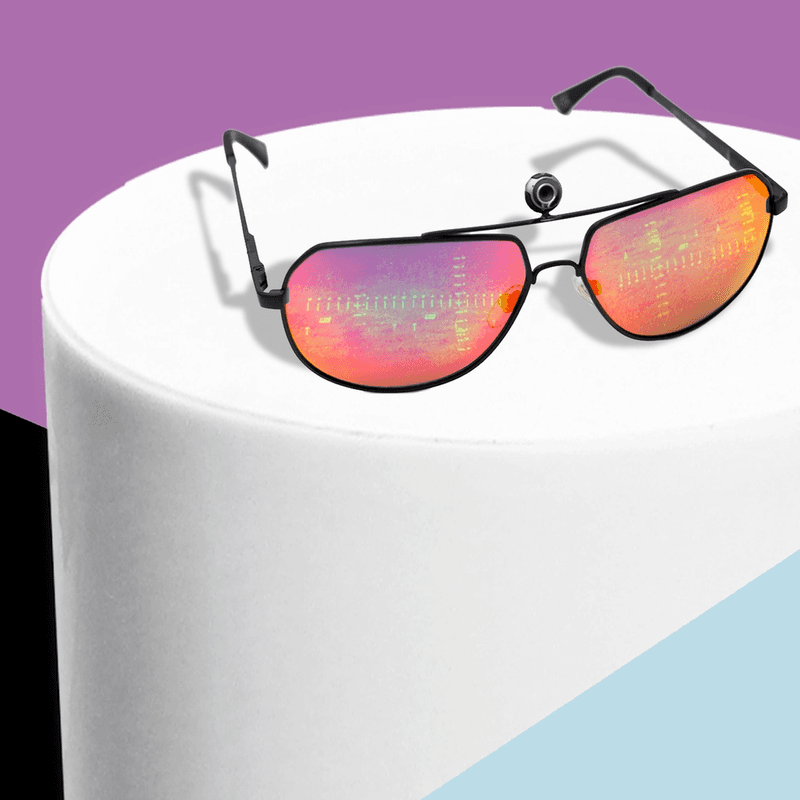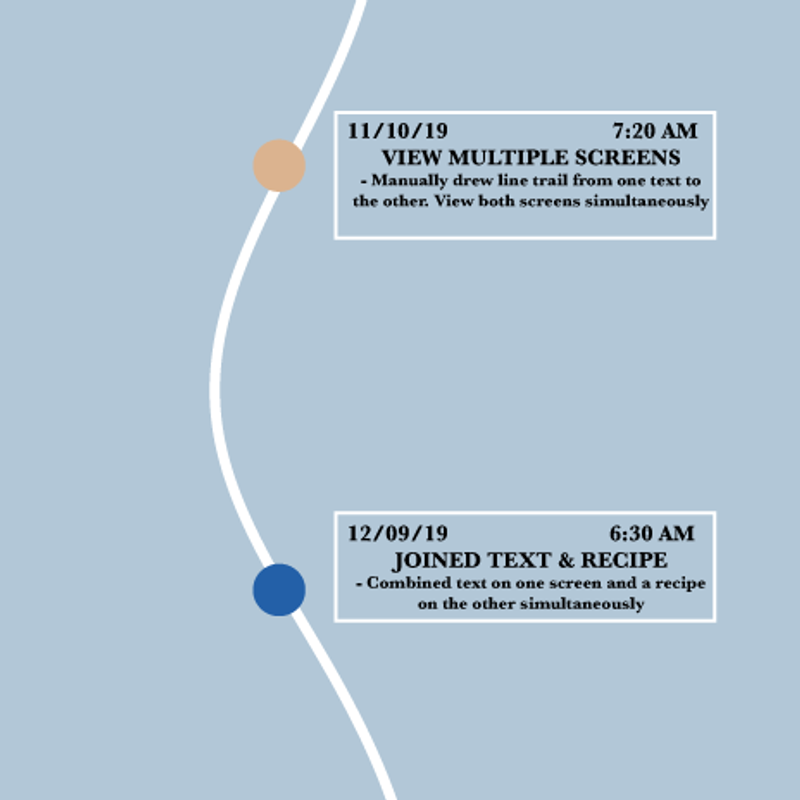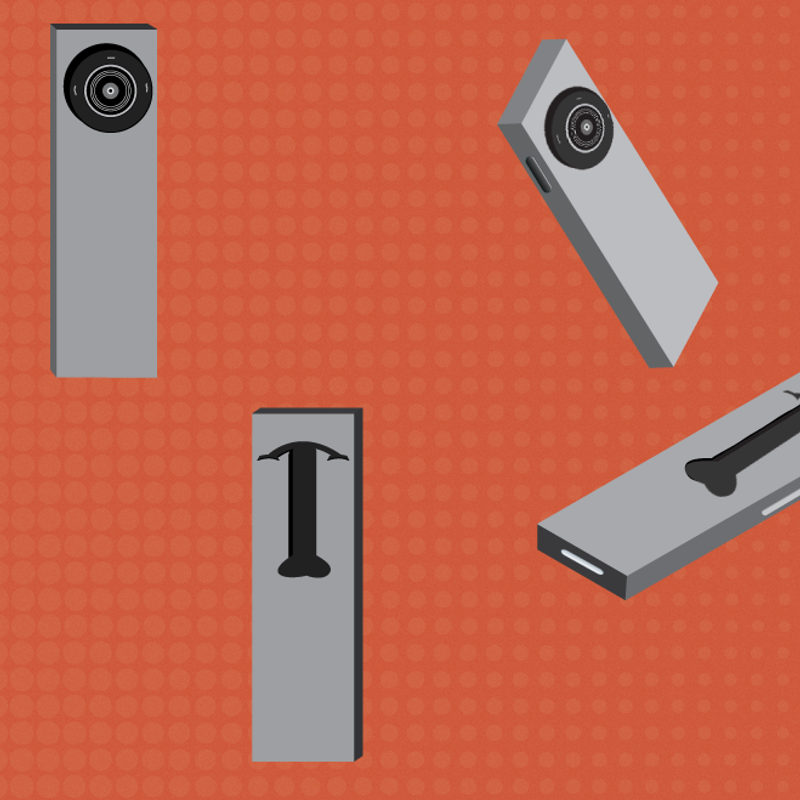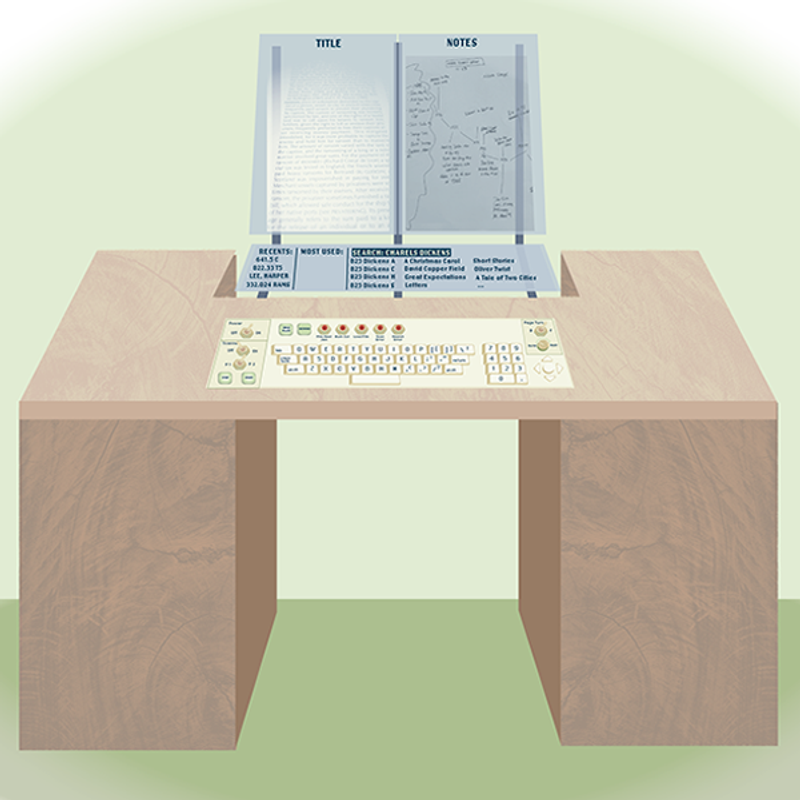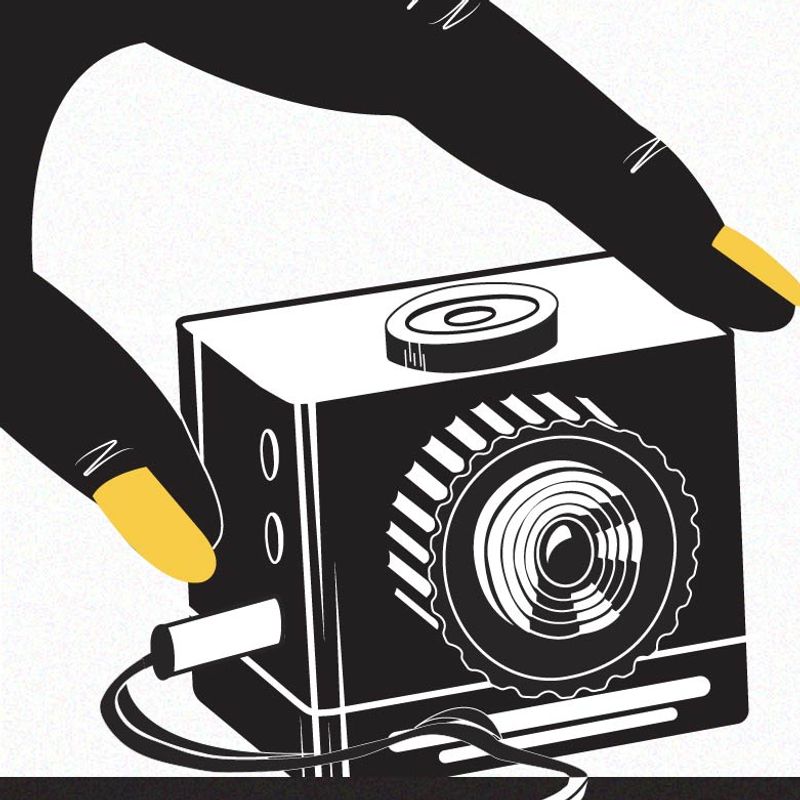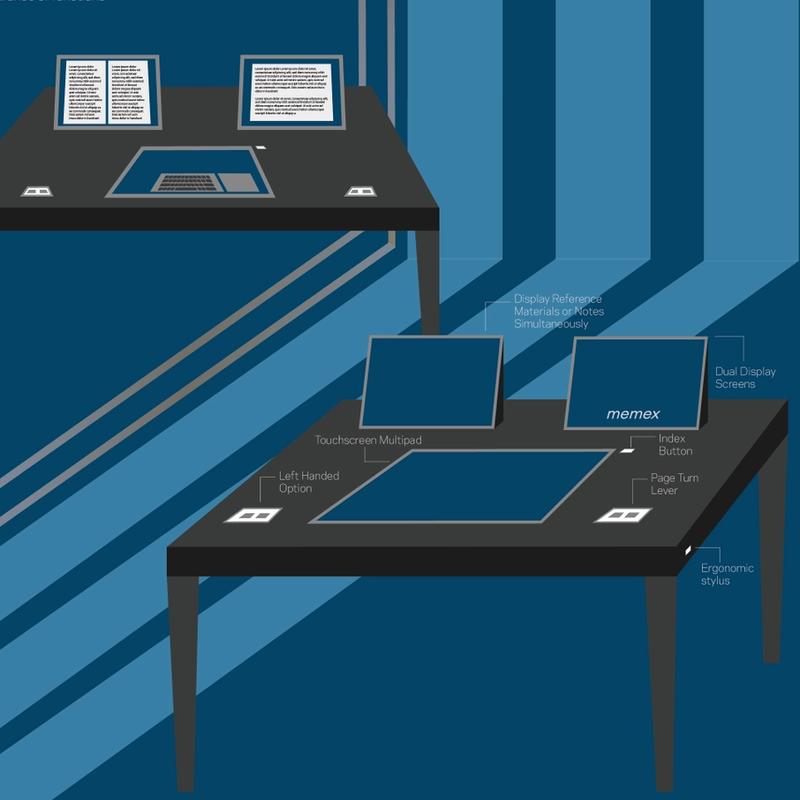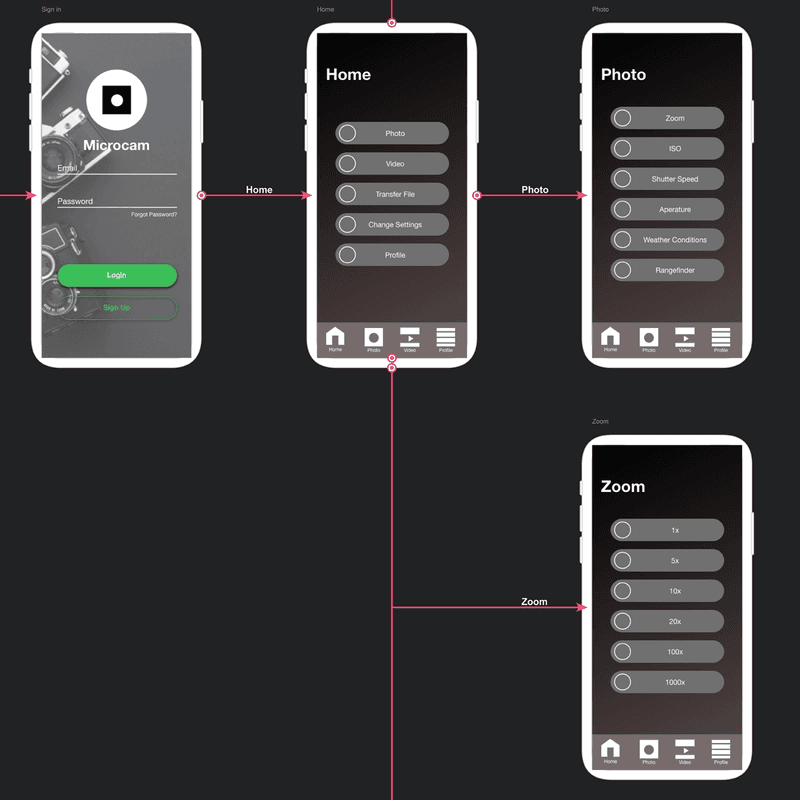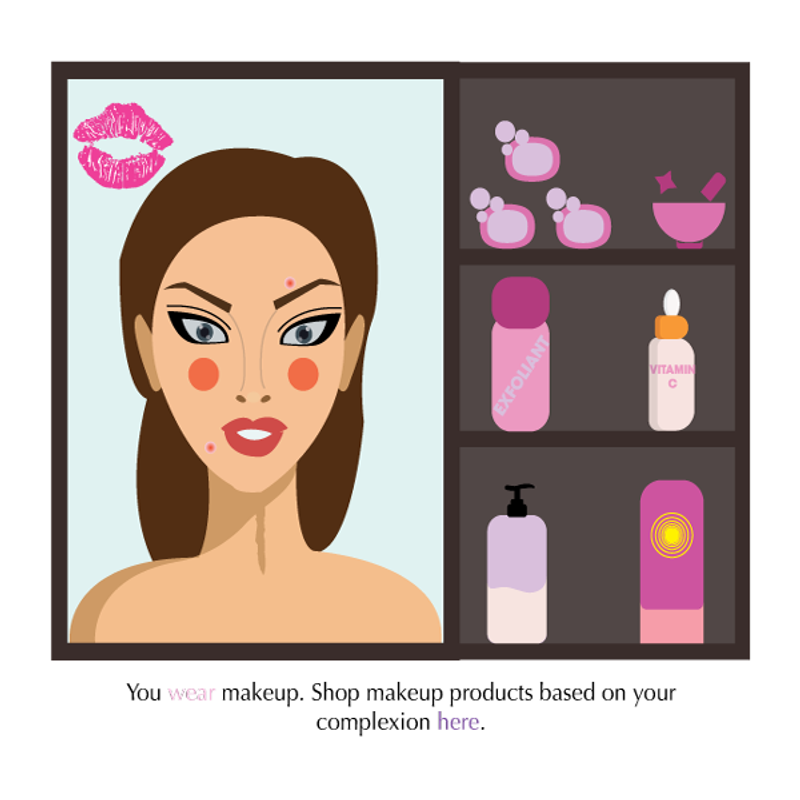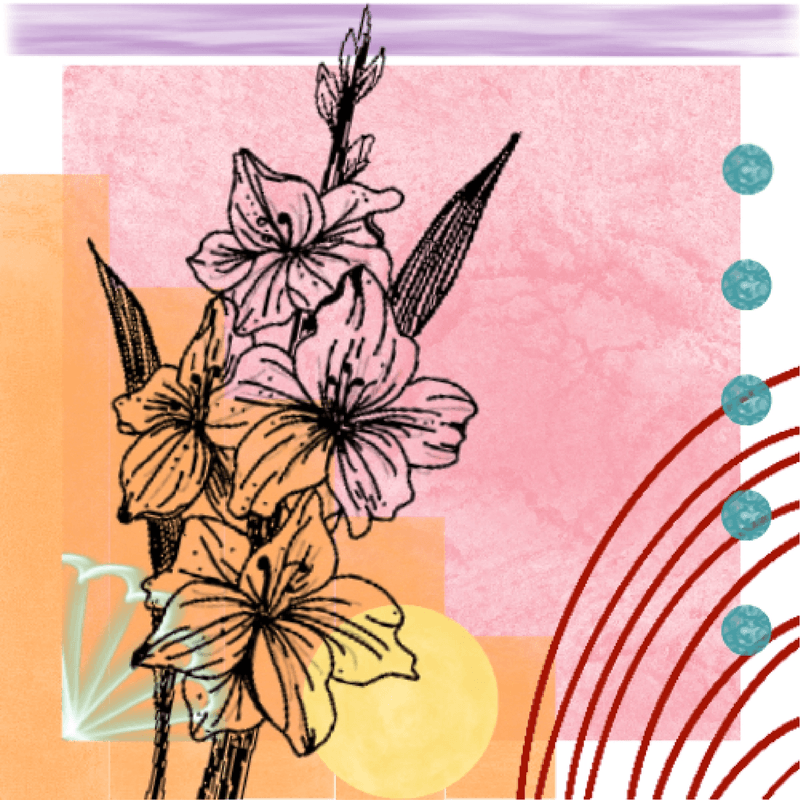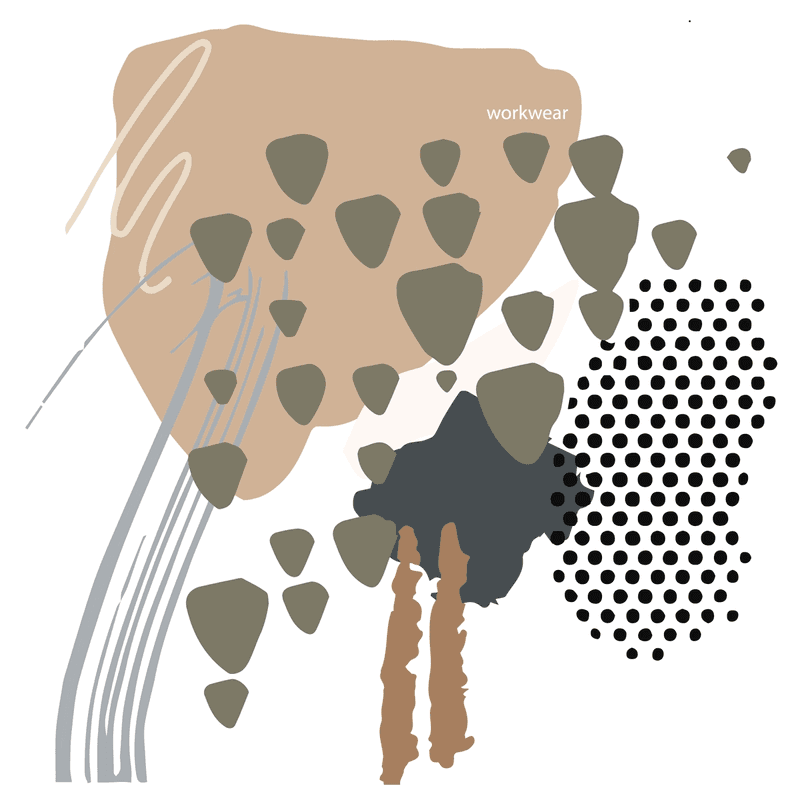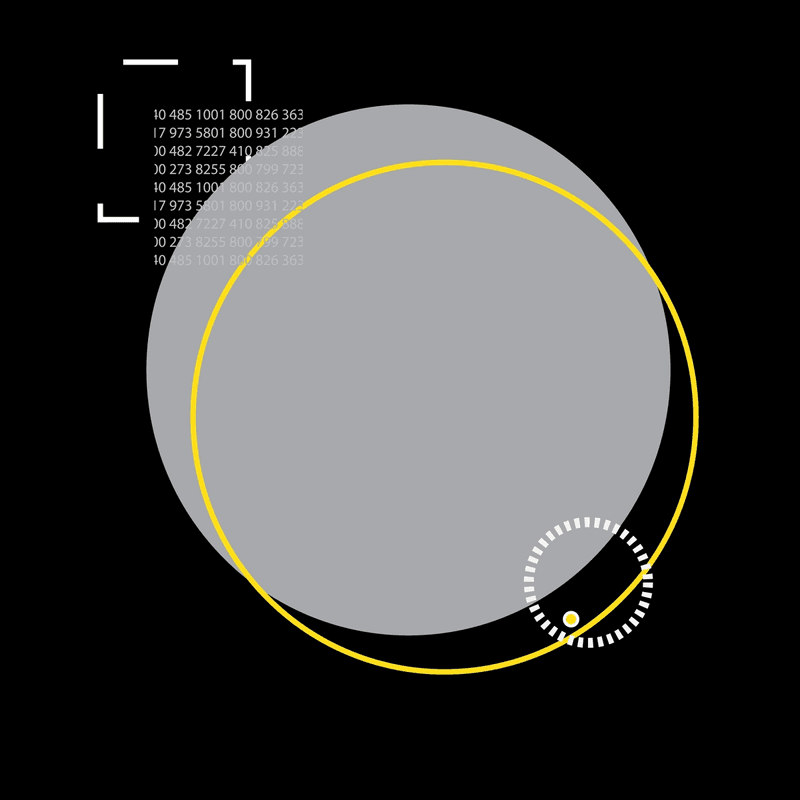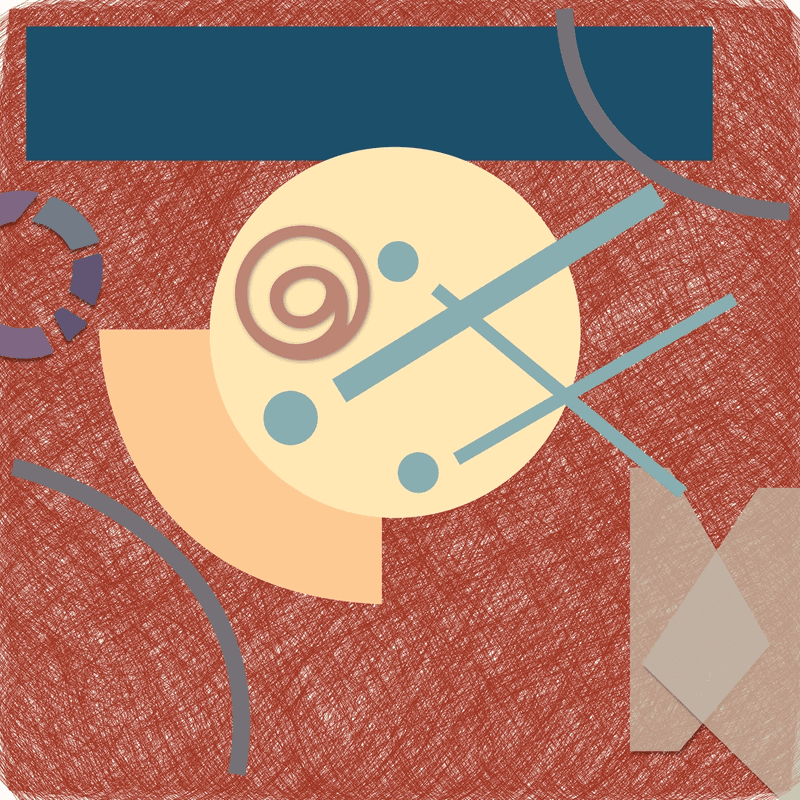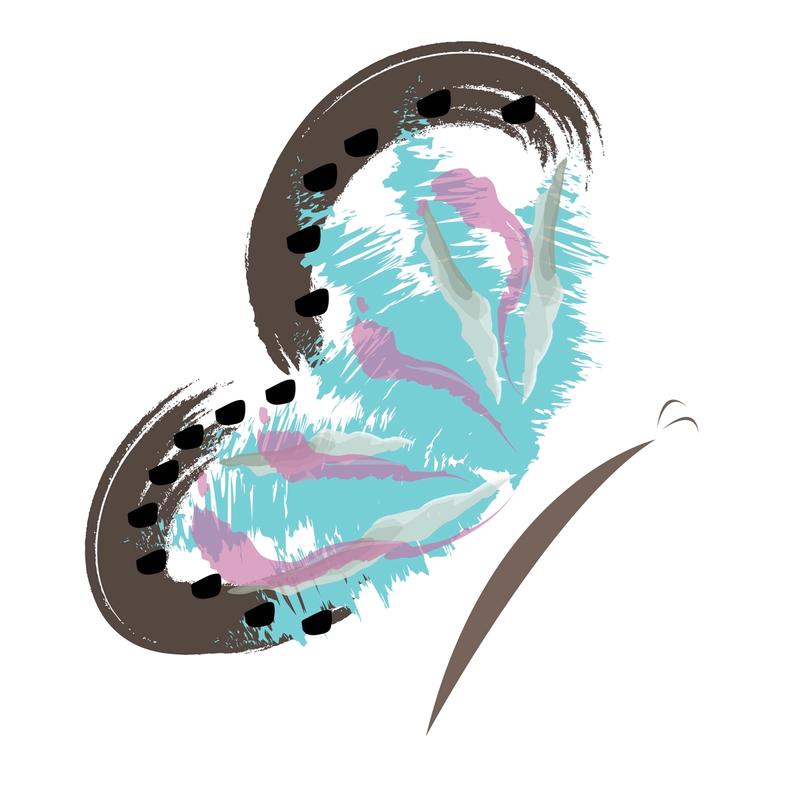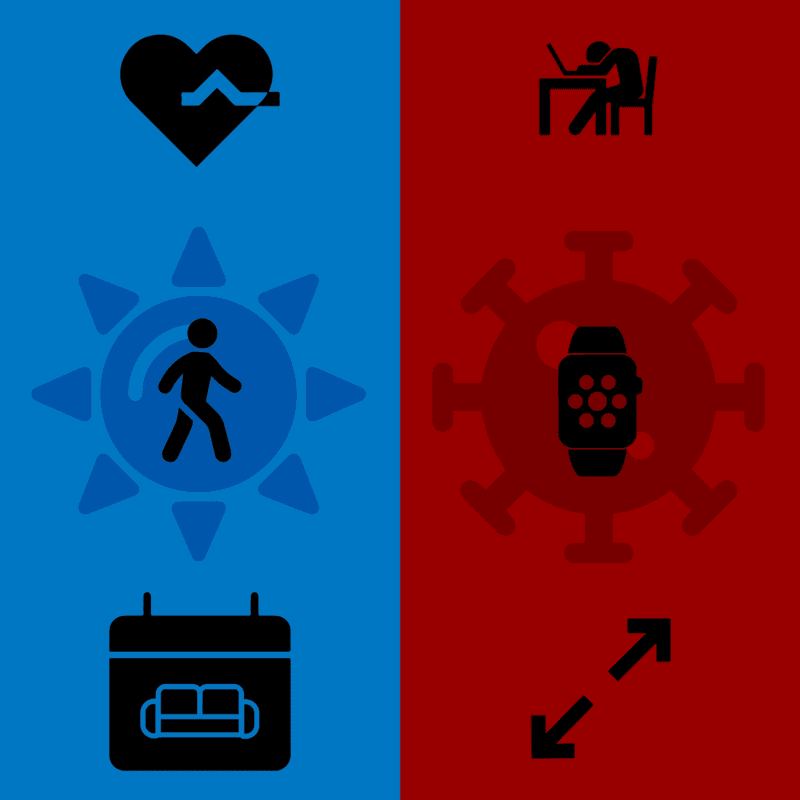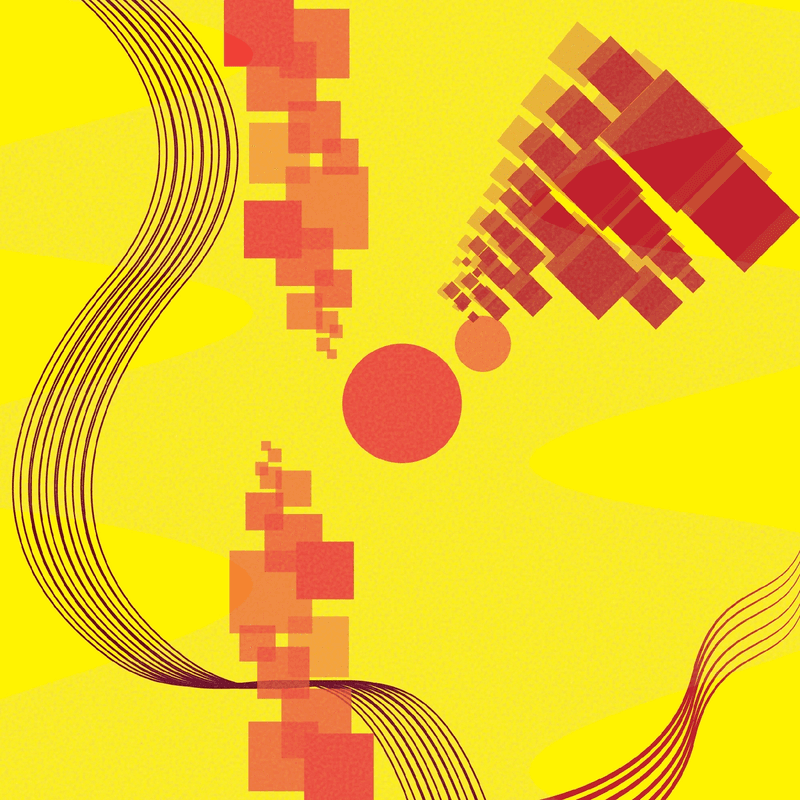Special Studio: Computer Graphics
Projects
As We May Rethink
Vannevar Bush’s visionary article, "As We May Think," published in 1945, predicted many aspects of information culture that we have come to take for granted today. His call for technologies of human augmentation that direct science and technology toward understanding, as opposed to destruction, is as prescient now as it was then.
In his article, Bush laid out ideas for a number of technologies that would serve to help accomplish these post-war goals, most notably the "Memex," and the "Camera of the Future."
Using design to explore the imagined devices of "As We May Think," we work toward a deeper understanding of the effort behind augmenting humanity with science and technology initially proposed by Vannevar Bush.
Data Portraits: Transcoding Data
In his overview of digital media, The Language of New Media (2001), Lev Manovitch describes the 5 principals of new media: numerical representation, modularity, automation, variability, and transcoding. Of these 5 principals, Manovitch states, transcoding is the most important, and most unique to digital media. Transcoding is the interface of two layers of computing, the “cultural layer” (an image, for example), and the “computer layer” (pixel data). Transcoding allows us to filter, interpret, and digest data in ways that fit the goals of our narrative. Using the concept of transcoding, designers and artists are able to create digital objects that are not fixed to a form or function.
For this project, students developed a Google survey to send to friends on a subject matter of choice: Mental health, fitness, the environment, screen time, fashion to name a few. Students then converted the results from a spreadsheet to a format that makes coders smile: javascript object notation (JSON). JSON is structured data. Students then developed a visual language of graphics that matches the structure of all possible answers in order to reflect and visualize any particular response to the survey. We developed a simple script to apply the visual language to survey responses. This is transcoding! Now, no matter how many responses, students can leave it up to the code to generate a "data portrait" of anyone who takes the survey!


